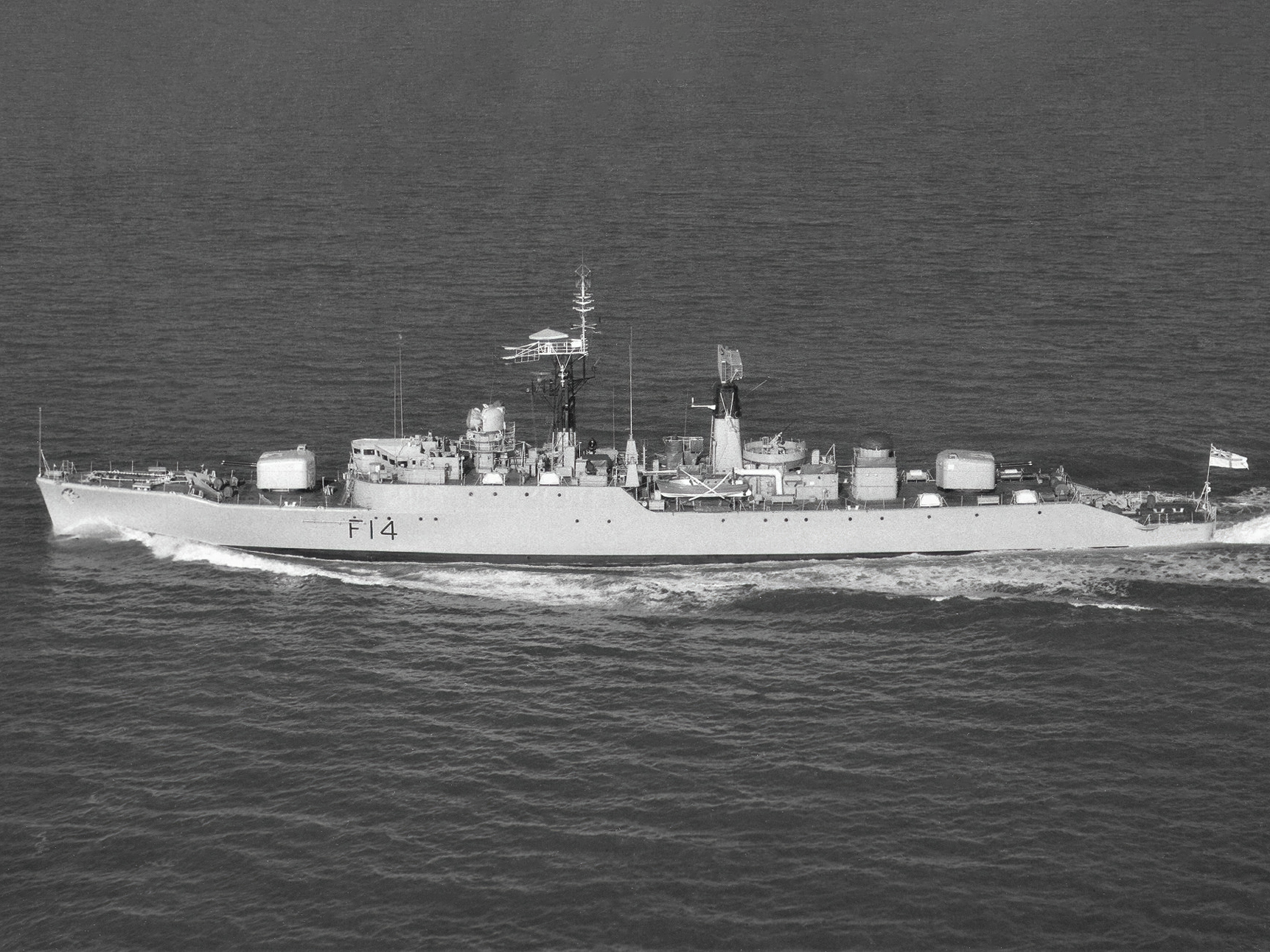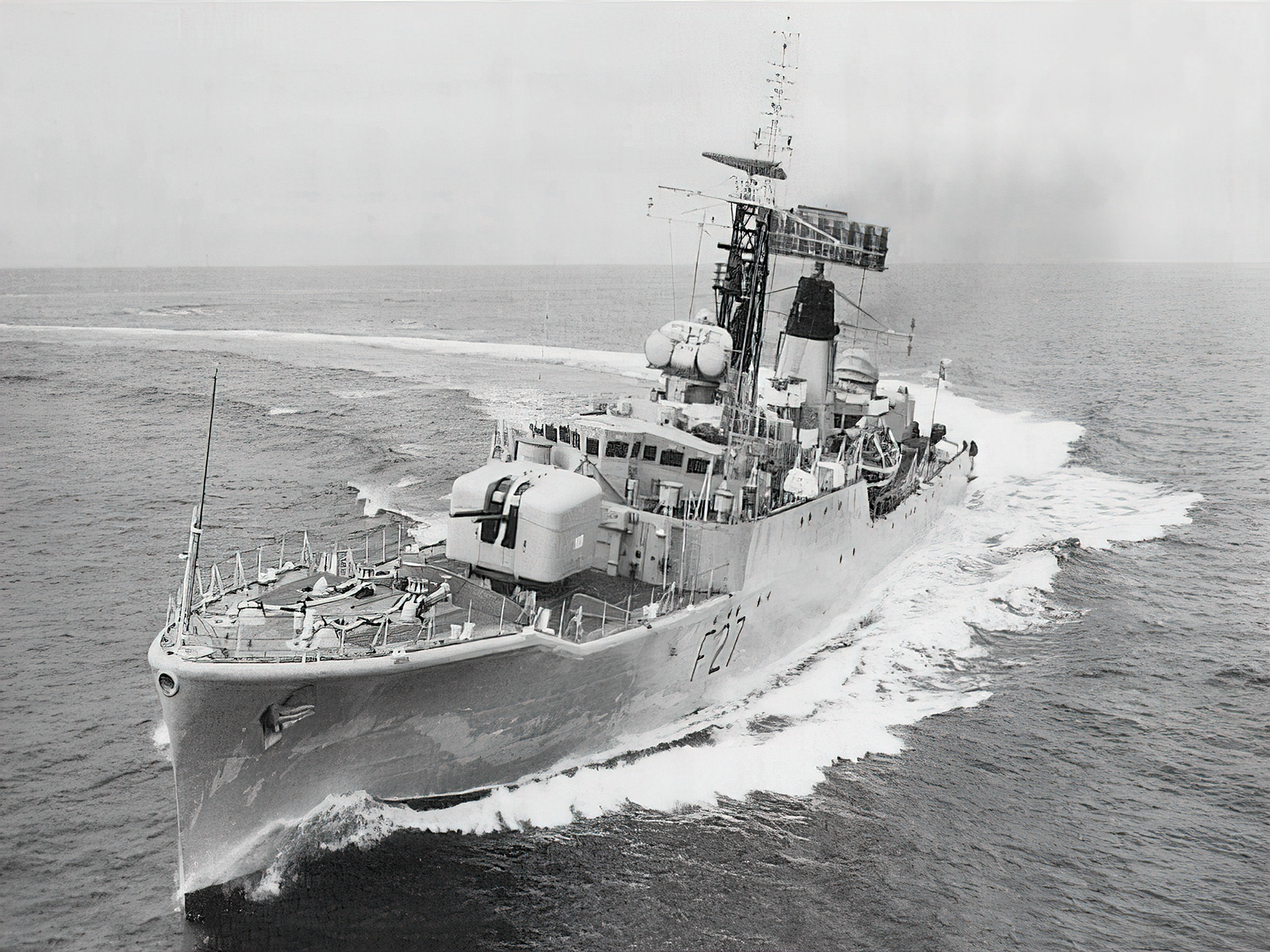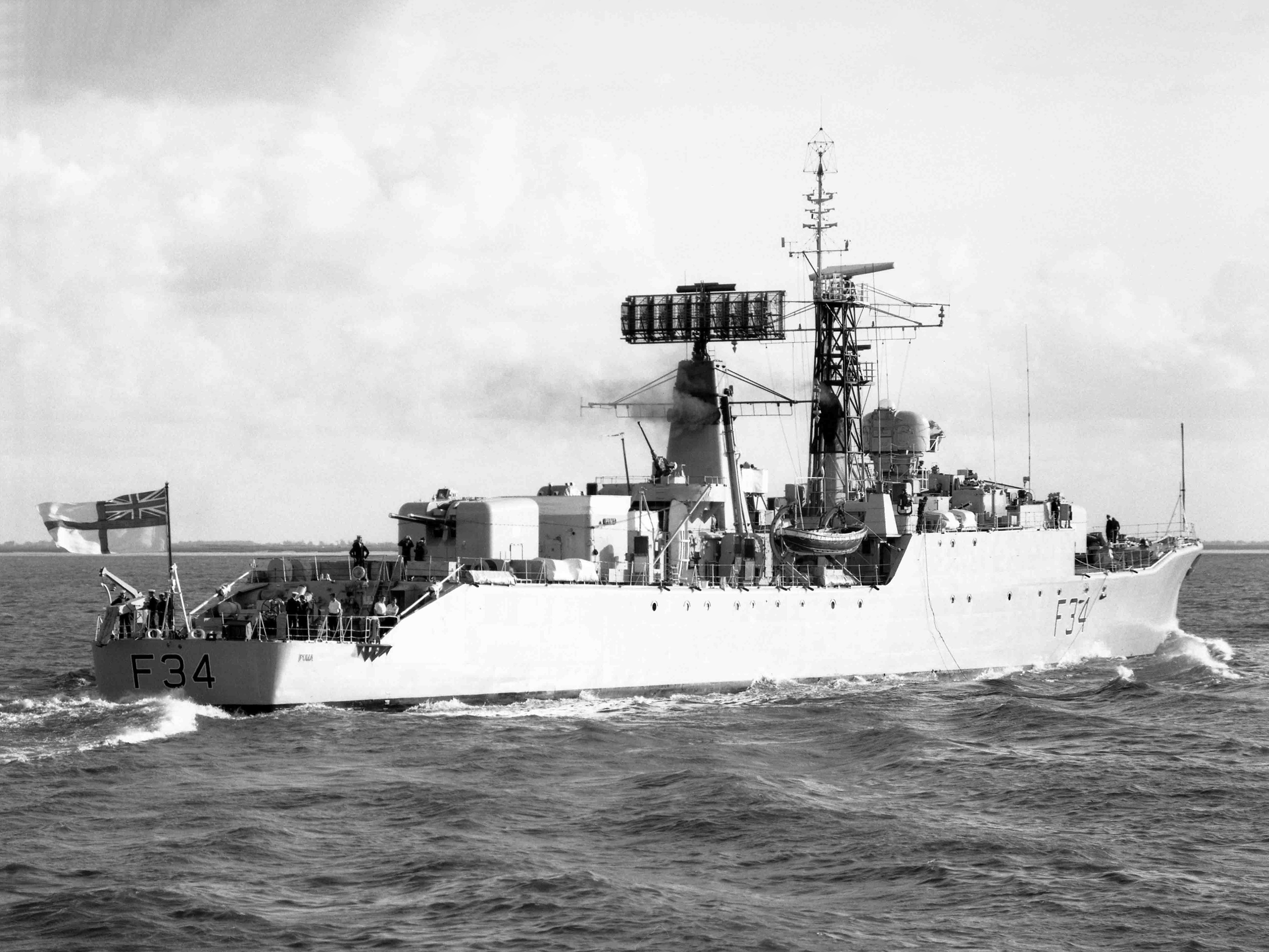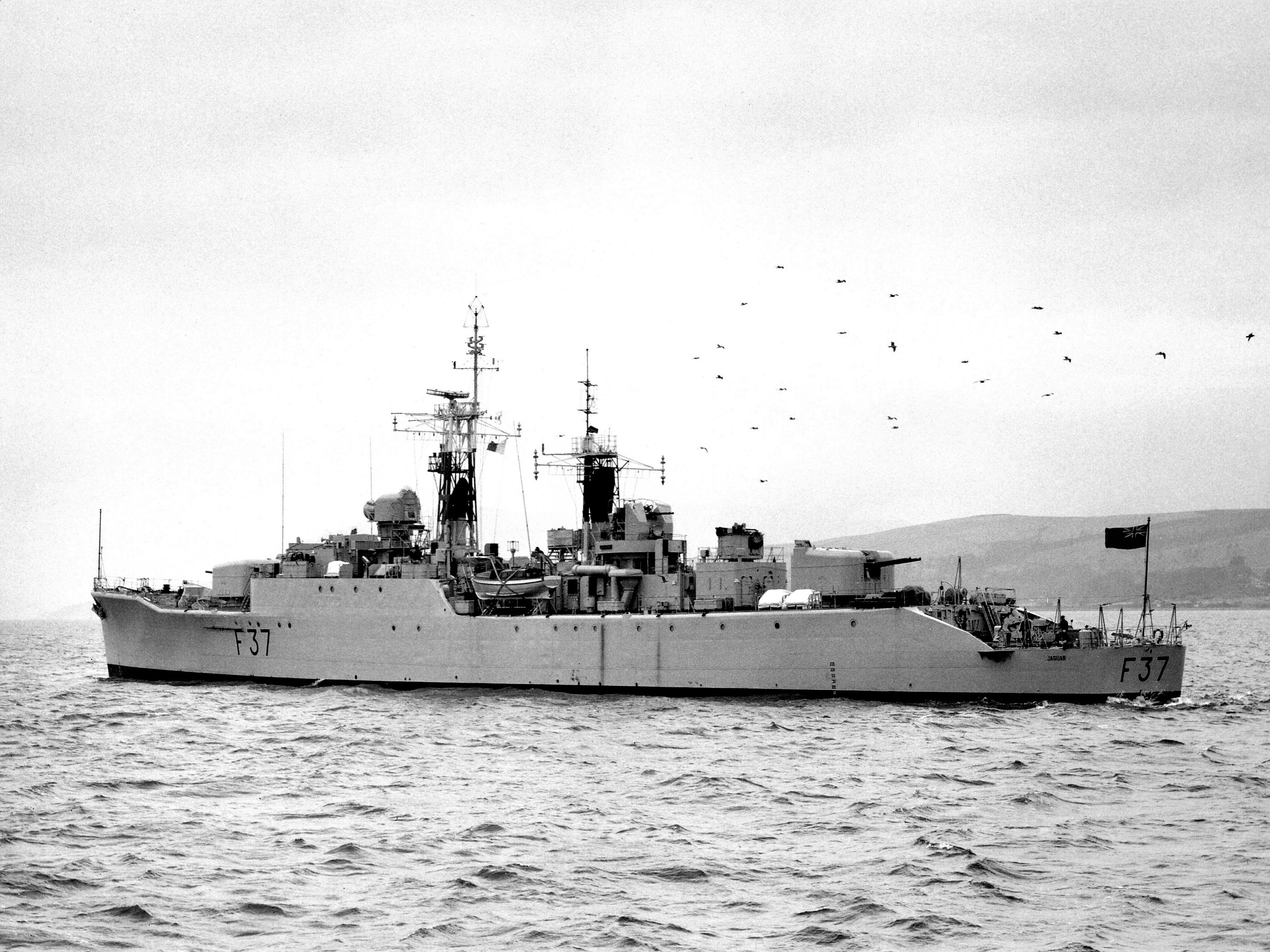Royal Navy Leopard Class Frigates: A Comprehensive Guide
Introduction
The Leopard class frigates, officially designated as Type 41, were the Royal Navy’s first purpose-built air defence frigates. Commissioned in the 1950s, these diesel-powered warships were designed for convoy escort and anti-aircraft duties in support of British maritime strategy during the early Cold War. Known for their long range and reliable propulsion, they served both in the Royal Navy and abroad for over three decades.
Origins and Design Development
Following the Second World War, the Royal Navy began designing a new generation of escort vessels. The Leopard class, or Type 41, was conceived as a diesel-powered anti-aircraft escort, intended to protect convoys and amphibious groups from air attack.
At the time, it was believed that aircraft rather than submarines would be the primary threat to surface forces. This led to the development of two parallel classes: the Type 12 Whitby class for anti-submarine warfare, and the Type 41 Leopard class for anti-aircraft defence.
These ships were built with excellent endurance, thanks to their economical diesel engines, and had a maximum speed of 25 knots, slower than gas turbine frigates but sufficient for convoy duty.
Ships of the Class
Four Leopard class frigates were built for the Royal Navy:
A further four ships were built to the same design and sold directly to the Indian Navy as the Brahmaputra class.
Service and Operations
Commissioned between 1955 and 1961, the Leopard class frigates served primarily in the Middle East, Far East and West Indies, patrolling imperial trade routes and participating in Cold War naval diplomacy.
The class was deployed during the Suez Crisis, the Cyprus Emergency, and in various support roles throughout the 1960s and 1970s.
HMS Leopard and HMS Lynx were regularly deployed on Beira Patrol duties enforcing sanctions against Rhodesia.
As naval air threats evolved, the class became increasingly obsolete for their original air defence role and were used more for patrol, training and general escort duties.
By the late 1970s, the ships were withdrawn from frontline service. All were decommissioned by the early 1980s, though several were retained for a time as training hulks or harbour support vessels.
Design and Technical Features
Displacement: 2,300 tonnes standard
Length: 339 feet
Propulsion: Diesel-electric engines (12-cylinder Admiralty diesels), 2 shafts, 25 knots
Armament (as built): 2 × twin 4.5-inch Mark 6 gun mounts 1 × STAAG twin 40mm Bofors anti-aircraft mount (later removed) 2 × 20mm Oerlikon guns 2 × triple-barrelled Squid anti-submarine mortars
Radar and Sensors: Air warning radar and fire control systems (updated mid-career)
Crew: Around 205
The ships were well-liked for their endurance and stability, but their slow speed and lack of missile systems limited their use as threats evolved.
Summary – At a Glance
|
Ship |
Commissioned |
Notable Service Highlights |
Fate / Status |
|
HMS Leopard (F14) |
1958 |
Beira Patrol, Middle East deployments |
Decommissioned 1977 |
|
HMS Lynx (F27) |
1960 |
Beira Patrol, Far East operations |
Decommissioned 1981 |
|
HMS Puma (F34) |
1961 |
West Indies station, NATO duties |
Decommissioned 1974 |
|
HMS Jaguar (F37) |
1961 |
Persian Gulf patrols, colonial support ops |
Decommissioned 1978 |
Conclusion
The Leopard class frigates were products of a transitional era in naval warfare. Designed to counter high-level air threats using conventional gunnery, they were soon overtaken by the rapid evolution of guided missiles and jet aircraft.
Nonetheless, they served the Royal Navy reliably through the Cold War’s early decades, protecting shipping lanes, enforcing embargoes, and showing the flag around the world. While ultimately retired early, their long range, simplicity and solid construction made them an important part of Britain’s post-war naval legacy.





